Navigating the Field: Finding the Perfect College Soccer Program
Columbia University College Soccer battle it out in the Ivy League!
In the vast landscape of college soccer programs across the United States, the quest for the 'best' one can seem daunting. However, the definition of 'best' varies greatly from player to player. Each aspiring college soccer athlete has unique goals, skills, and preferences. Finding the right fit involves considering numerous factors, from the level of competition to academic offerings, campus culture, and available scholarships. To make an informed decision, prospective college soccer players should evaluate various aspects of a program and consider all available options, including those in divisions like NAIA and NJCAA.
1. Defining the 'Best'
Traditionally, NCAA Division I soccer programs have been considered the pinnacle of college soccer due to their high level of competition and exposure. According to recent statistics, there are over 1,700 men's and 1,900 women's soccer players in NCAA Division I programs. However, Division II and Division III schools also boast strong soccer programs, offering a balance between competitive play and a well-rounded college experience.
2. Key Considerations
a. Level of Competition
The level of competition varies across divisions. Division I offers the most competitive soccer, with schools like Stanford and North Carolina consistently performing well. Division II and III also have strong teams, such as Messiah College and Amherst College, respectively. Prospective players should assess their skill level and ambition to find the right competitive balance
b. Academic Excellence
For many student-athletes, academics are equally important. The Ivy League schools, renowned for their academic rigor, also have competitive soccer programs. Balancing athletics and academics is crucial for long-term success.
c. Campus Culture and Environment
Every college has a unique atmosphere. Some players thrive in large, bustling campuses, while others prefer smaller, tight-knit communities. Understanding the campus culture and environment is vital for a student's overall well-being and development.
d. Scholarships and Financial Aid
Soccer scholarships can significantly ease the financial burden of education. While NCAA Division I and II schools offer athletic scholarships, Division III institutions provide academic scholarships and financial aid, making them accessible options for talented players.
3. Exploring NAIA and NJCAA
a. NAIA (National Association of Intercollegiate Athletics)
NAIA schools, like Lindsey Wilson College and Martin Methodist College, offer competitive soccer programs and scholarships. With fewer restrictions on recruiting, NAIA coaches can actively scout talent, providing opportunities for players overlooked by NCAA programs.
b. NJCAA (National Junior College Athletic Association)
NJCAA schools, such as Tyler Junior College and Monroe College, are two-year institutions known for their strong athletic programs. These colleges offer a chance for players to develop their skills further before transitioning to a four-year institution.
Ultimately, the 'best' college soccer program is one that aligns with an individual's aspirations and priorities. Prospective players should research schools thoroughly, attend showcases and campus visits, and communicate with coaches to make an informed decision.
In this diverse landscape, opportunities abound for student-athletes at various levels of play. Whether competing in NCAA Division I, II, or III, or choosing NAIA or NJCAA, the right fit is out there. By considering the level of competition, academic offerings, campus culture, and available scholarships, aspiring college soccer players can embark on a fulfilling athletic and academic journey tailored to their unique talents and goals.

